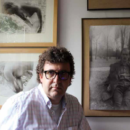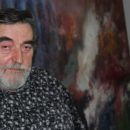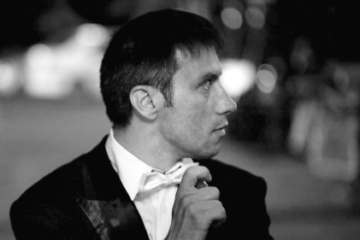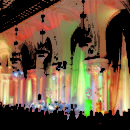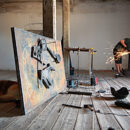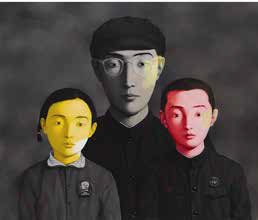
Cees Hendrikse
He started to collect international contemporary art from the late 60s. From the end of the 9 0s, he also collected Chinese contemporary art. He is a member of the Acquisition Committee for Asian and Pacific Contemporary Art, as well as the Acquisition Committee for Eastern European Art of the Tate Modern in London and a board member of Art Safari Bucharest. He has been in the board of numerous art committees all over the Netherlands and Europe: among others the Prince Bernhard Cultural Foundation and the European Cultural Foundation. He was closely involved in the establishment and building of the new Gröningen Museum in the Netherlands, that has been made possible by a substantial financial donation of his company. He is partly living in Gröningen, Amsterdam and Beijing.
You are one of the first European collectors who took an early interest in Chinese art contemporary art; your collection has important pieces by Yue Minjin, Zhang Xiaogang, Ai Wei Wei. How did you discover them?
Collecting visual art started already as a student in my University town Groningen in The Netherlands. Together with my fiancée and later wife we bought a contemporary work of art from the now internationally famous Dutch artist Jan Dibbets from an art gallery. Even then, there was a subsidiary system in the Netherlands to encourage people to buy art. On an amount of Guilder 100 (euro 40) we got a 10% discount from the state government. And such a system still exists at the moment. So, my first statement is: try to convince the politicians to support laws to subsidise art for common people! It encouraged us and was the start of us collecting contemporary art.
In the year 1997 the most famous Museum for Contemporary art in The Netherlands – Stedelijk from Amsterdam – organised an exhibition of the Chinese artist Fang Lijun who became later one of the most important chinese contemporary artist of his time and a protagonist of the so-called Cynic Realism movement.
We were always looking for new developments in art and this exhibition made a huge impression on us. A complete new form with a Chinese content that called on many questions.
I decided to try to follow the track of the Chinese contemporary art and started to buy works from these artists who remained unknown for several years in the mainstream art movements.
From then I made several trips a year to China to meet the artists and to learn more about the background and their motivations. That was a booming time and I was excited to be one of the first to dig into this very new area.
It was easy at that time to meet with the now most well known artists like Fang Lijun, Yue Minjun, Ai Wei Wei, Liu Xiadong and Zhang Xiaogang. So my second statement is: be curious to know new developments in art.
Are you are also collecting Romanian Art? How did you discover the Romanian Art?
Yes, in 2005 I also started to collect Romanian contemporary art. It was clear that after the Romanain Revolution of 1989 a new era of art has started. There are similarities with the development of art in China. Both countries were in transition after a revolution. Take the year 1989: the Tiananmen massacre in in China, the fall of the German wall and the Revolution in Romania. All events being a turning point in the respective countries! I started to collect Romanian art because it was clear that there were many artists who started a new way in form and content of visual art in the country; Victor Man, Adrian Ghenie, Șerban Savu and many others. I met Romanian collectors and curators who gave me more insight in the Romanian art world. I am grateful for that!
Recently I collected some works from the Romanian/English artist Paul Neagu whom I very much admire because of his front running ideas about sculpture. I have now two pieces in my collection and I am very happy because of it.
——————————————————————————————————————————–
Continue reading in The Art of Living no. 16, an issue dedicated to contemporary art. DOWNLOAD


